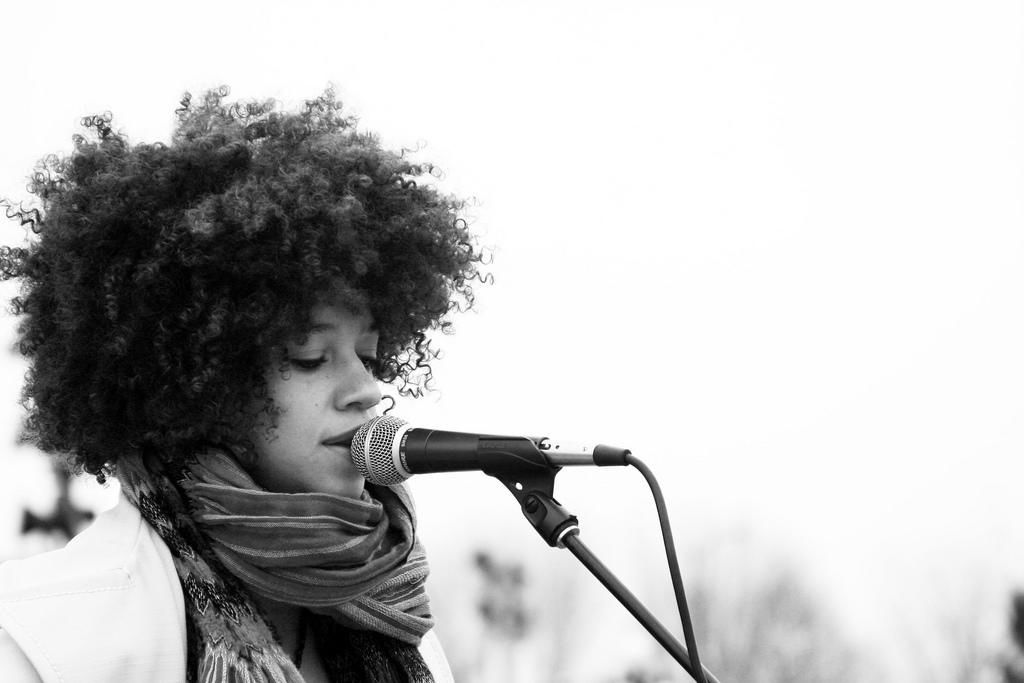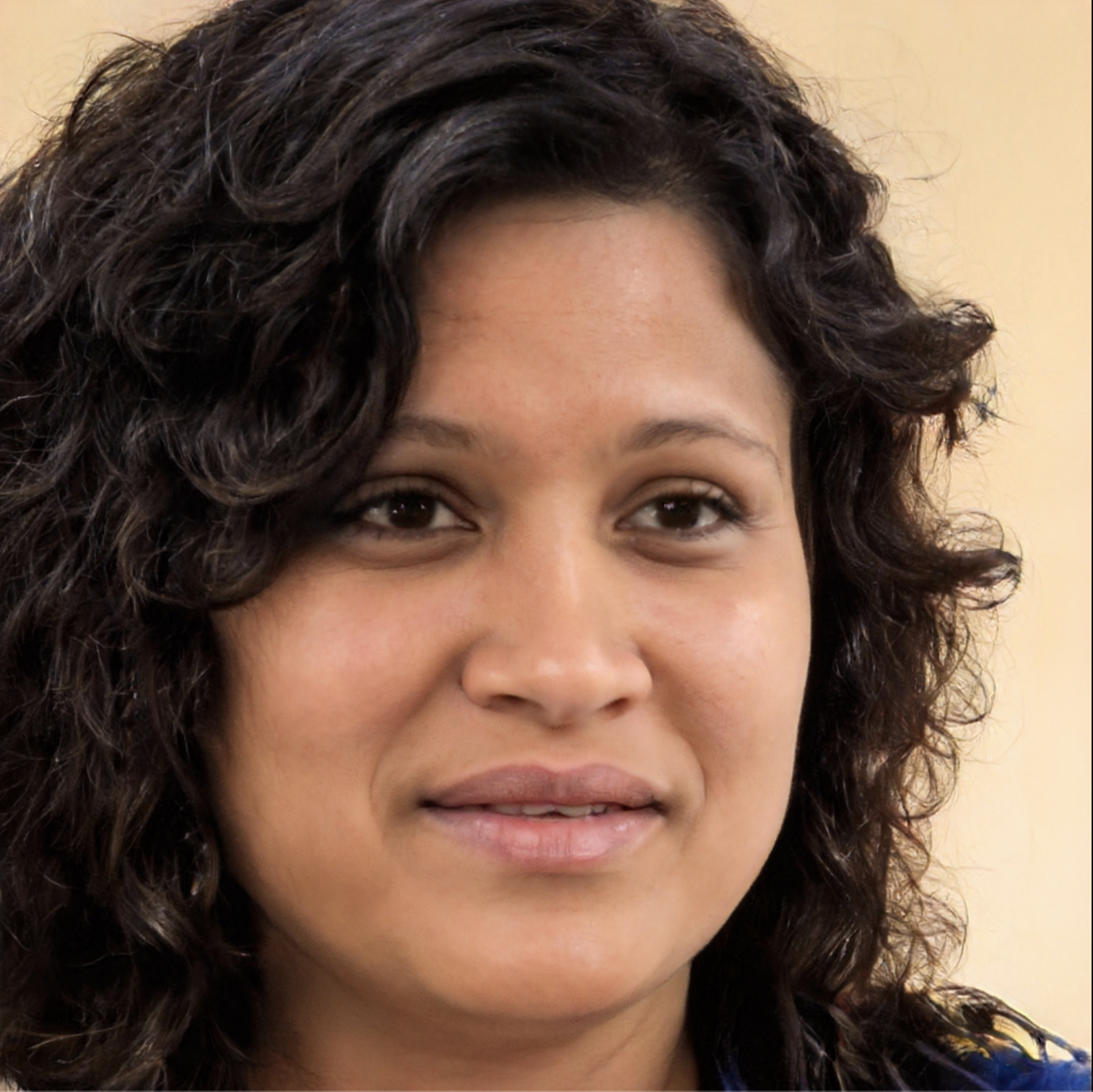I don't make music for eyes. I make music for ears - Adele
The act of singing includes producing musical notes and sounds with your voice. And you can get trained in this in singing classes to become a singer or a vocalist. Your vocal training will include learning how to sing with or without any musical accompaniments like a piano or harmonium. You can go on to become a soloist, one who performs individually or in an ensemble of musicians like a choir or a rock band. There are different singing styles that you can learn in your music lessons like opera, Indian classical, Rabindra Sangeet, jazz, blues, ghazal, pop, electronic dance music, etc. Most professional singers build their careers in one definite music genre. But there are a few singers who are crossover artists and sing in multiple genres. And a lot of their success can be attributed to regular vocal training.
A singing teacher is someone who teaches students to sing formally or informally. So, you can decide to learn singing as a hobby or as a source of pleasure, or as a profession. But if you want to know how to find your vocal range, you need to dedicate time and effort, and put in regular practice. Singing is a form of devotion for those who take it seriously. So, do not avoid vocal exercises when it comes to taking care of your singing voice. After all, it is your biggest asset as a singer.
Check out good singing classes in Ranchi here on Superprof.

What is A Vocal Range?

A singer's vocal range defines their highest and lowest musical notes. Private singing classes or a group musical course - either type of lessons will help you understand what a vocal range is and why it is important. Vocal range is one of the most important factors that help shape your voice type. And the voice type of a singer is what determines type of singer you are going to become. These two are interconnected but they are not one and the same. Other factors that contribute to your voice type include,
- Vocal weight.
- Vocal register.
- Speech level.
- Vocal transition.
- Vocal timbre.
- Vocal tessitura.
Vocal Range Types
Female Vocal Range Types
There are six sub-types of female vocal range -
- Sopranino.
- Soprano.
- Mezzo-Soprano.
- Treble.
- Alto.
- Contralto.
Male Vocal Range Types
The male vocal range can be sub-divided into ten different types -
- Tenor.
- Countertenor.
- High Tenor.
- Low Tenor.
- Baritone.
- High Baritone.
- Bass-Baritone.
- Bass
- Low Bass.
- Octaves.
Why is it Important to Find Your Vocal Range?

Your singing teacher - whether you are enrolled in an online music course in London, or attend private singing classes - will first help you unravel and test your vocal range. This is the most important lesson as a student of music. And once you have understood your vocal range, it can help with a few critical aspects of a singing career.
1. Measure Your Progress
The success of anything you do has to be measured. And if it can't, then you have no way of improving it. This applies even to a singer. If you want to develop your voice and improve your singing, testing your vocal range is important.
2. Choose What You Sing
You can only be picky about your songs, if you know your limits of the vocal cords. This means that your vocal range defines the type of songs you sing. Otherwise, you might end up singing anything and do more harm to your voice.
3. Use the Transposition Technique
Good singers use a technique called transposition to allow them to sing outside their vocal range, without risking voice abuse. But this is only possible if you are aware of your vocal range, for starters.
4. Make Your Vocal Exercises Effective
When you have a full understanding of your vocal range, then you can customize your vocal exercises to suit that. As part of your music class, your singing teacher can easily tailor your warm up exercises that suits your vocal range.
You can always check your vocal range online for free, at any time. But it is advisable to do it under the guidance of trained professionals.

How to Find Your Vocal Range?

I often think in music. I live my day dreams in music. I see my life in terms of music - Albert Einstein
As part of your singing classes, you will be taught this four-step process to identify your vocal range -
- Find your lowest note: This is the most basic thing you need to do to identify the lowest end of your vocal range. To do this, you can use a piano or harmonium and hit the middle C note. Now, try to match the sound or pitch with your own voice. Now, try to move down one half note at a time and stop at the point where you find your voice croaking. The note just before your voice begins to croak is your lowest note and the lower end of vocal range.
- Find your highest note: Repeat step 1, but in the opposite direction. So, hit the middle C on the piano or the harmonium and move half a note up. Stop at the note where your voice starts to break. That will give you the highest note you can sing naturally.
- Formulate your vocal range: Steps 1 and 2 would have given you 4 note numbers. Now, you should note these down and populate this formula - (lowest breathy note) + lowest normal note - highest normal note (highest falsetto note). This should give you your vocal range which will resemble something like this - (C2) D3 -G5 (A6), depending on the notes that you wrote down in steps 1 and 2.
- Identify your voice type: Knowing your vocal range is very important. But you don't have to stop at that. You can use that information to identify your voice type. You can refer to the different voice types discussed above and identify your voice type, derived from the vocal range.
Find good singing course here on Superprof.
Can Vocal Training Help to Expand the Vocal Range?

No singing teacher would tell you that it is possible to alter your vocal range completely. Every person is born with a fixed vocal range. So, as a singer, if you are a soprano, it is not possible for you to become a contralto. Simply because your vocal range will not allow it. You can, however, through vocal training, expand that vocal range. This will help you sing notes at a higher and lower range beyond your vocal limits without damaging your voice.
Ways to Expand Your Vocal Range
1. Scale Practice
You can do this by,
- finding your natural range
- moving through your natural range
- working up the difficult notes
2. Vowel Modification
This can be done through,
- changing vowel sounds at higher or lower notes
- transitioning back to normal vowel sounds
- using conjunction with word substitution
3. Basic Techniques of Singing
You can master the basic singing techniques by,
- doing vocal exercises for warming up
- breathing properly while singing
- singing in the proper posture
- relaxing your muscles while singing
Vocal Exercises to Improve Your Vocal Range

Your vocal training is incomplete without understanding how to improve your singing through vocal exercises and other techniques. Singing classes are not just about learning how to sing, but they are also about the techniques, the knowledge of musical theories, your physical appearance, etc.
You can try out these ten effective vocal exercises to become a better singer -
- Sing with a tall and straight posture.
- Learn to breathe from the diaphragm.
- Keep your jaws relaxed as you sing higher notes.
- Identify tension on your tongue, if any.
- Try out vocal sirens.
- Practice the 1.5 lip trill.
- Practice the octave and a half exercise.
- Try the one and a half "gee".
- Practice the speech level singing.
- Make a habit of singing the 1.5 octave mum.















Singing is my profession
Singing is my profession and my dream
But singing coching in mee
Hello, Please feel free to contact our customer support at namaste@superprof.com
Hello, Please feel free to contact our customer support at namaste@superprof.com